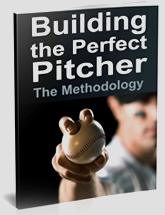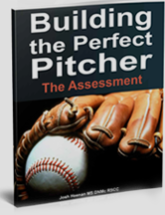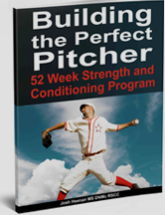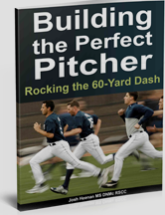Optimizing Recovery From Injury
Recovering from an injury or surgery has numerous variables that the injured person can manipulate to promote healing and faster recovery.
Many of you reading this likely know that I just underwent a femoroacetabular impingement (FAI) surgery. I am currently writing this post from hospital bed at 3 am to keep my sanity intact while waiting for the nurses to check my vitals every few hours.
When prepping clients for a surgery or athletes recovering from an injury I always try to stress what they can change NOT what is out of their control. Some of these variables include diet, supplementation, sleep, stretching, and strengthening to name a few.
I have attached a link with my go to guide I offer clients to help understanding the injury process and how they can dramatically effect the healing process through nutrition. I encourage anyone who has the slightest interest in optimizing health, recovery, or fitness to read it from front to back.
If you have any questions feel free to comment below.
Why All Baseball Players Should Be Using Creatine
Creatine is a compound found primarily in muscle cells in the body and in food, especially red meat. Baring any liver or kidney dysfunctions, creatine has been show to be safe to use for adolescences and adults. In fact, there is some research that shows lower levels of LDL and triglyceride for users of the product.1

In numerous studies, the use of creatine has been show to increase lean body mass, decrease short sprint times (power), increase vertical jump (power), and an increase in creatine levels in skeletal muscle.2 During activities with short bursts (~10 seconds) of work, our body utilizes creatine as a source of fuel, giving us more energy readily available.
Pitchers specifically have even more reason to be using this supplement year round. Bodyweight has been directly correlated to fastball velocity, and creatine has been shown to increase bodyweight through both muscle mass and water retention.3 The increased bodyweight allows pitchers to put more force into the ground and transfer more force into the ball.
As a general rule of thumb, our Sacred Heart pitchers will gain 2-4 mph a season during their 4 years in college. As much as I would love to say it’s just training, there are numerous reasons why we get increased ball velocity each year including mechanical improvement, growth of body due to puberty, increased muscle mass, and improved body awareness/muscular coordination. The interesting trend is that most of our athletes tend to add anywhere from 5-15 lbs of bodyweight each year.
_thumb.jpg?max_width=450)
Does 5-15lbs = 2-4mph on the mound? Maybe.
My recommendations for creatine are based on the most studied form— creatine monohydrate. Other forms may be fine, but they have limited research backing them and are outrageously priced. Take 5-10 grams a day ideally post workout with a protein and carbohydrate shake. There is little need to use loading protocols to “saturate” the muscles. Just be consistent with your use.
This post is geared towards baseball players, but in reality, if you are an athlete or have athletes that are looking to move faster, jump higher, and have more energy; this is probably a supplement you would be wise to investigate for yourself.
Feel free to post questions below.
Citations
1. Juhn MS, Tarnopolsky M. Potential side effects of oral creatine supplementation: a critical review. Clinical Journal of Sport Medicine. 1998;8(4):298–304.
2. Ostojic SM, others. Creatine supplementation in young soccer players. International journal of sport nutrition and exercise metabolism. 2004;14(1):95.
3. Werner SL, Suri M, Guido JA Jr, Meister K, Jones DG. Relationships between ball velocity and throwing mechanics in collegiate baseball pitchers. J Shoulder Elbow Surg. 2008;17(6):905–908.







